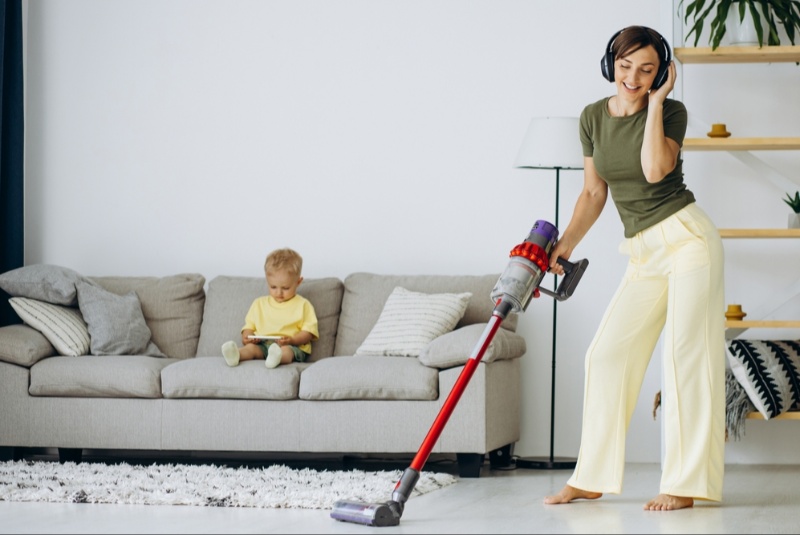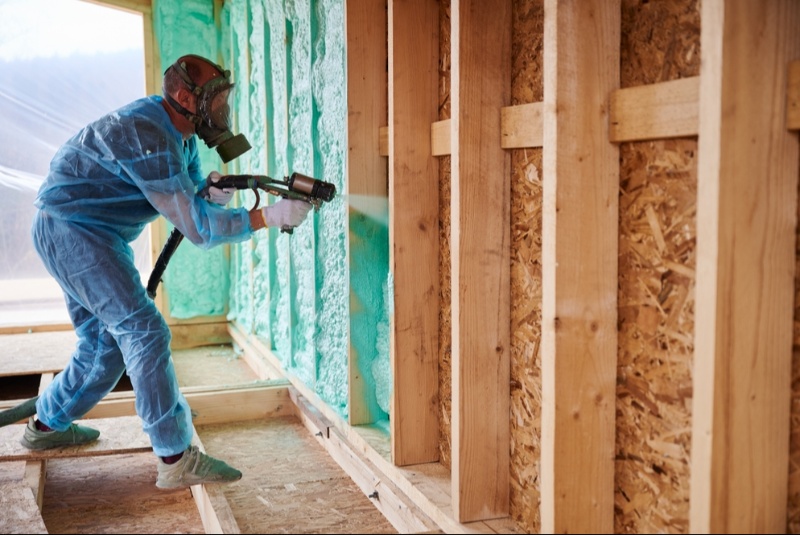Vacuum cleaners are essential for maintaining a clean and healthy home environment. With numerous models, features, and technologies available, selecting the right vacuum cleaner can be overwhelming. This guide provides a thorough overview to help you make an informed decision tailored to your cleaning needs and lifestyle.
Understand the Different Types of Vacuum Cleaners
Knowing the different types of vacuum cleaners will help you choose one that fits your specific needs:
- Upright Vacuums: Ideal for homes with a lot of carpeting, upright vacuums are powerful and often come with a variety of settings and attachments to handle different floor types and debris levels. They typically have larger dustbin capacities and can be easier to store since they stand upright.
- Canister Vacuums: These vacuums are known for their versatility and ease of handling, making them suitable for cleaning hard-to-reach places. The separate body, which houses the motor and dustbin, is connected to the vacuum head by a flexible hose, allowing for a lighter handle that can maneuver over various surfaces and around furniture.
- Stick Vacuums: Perfect for lighter cleaning tasks and smaller spaces, stick vacuums are slim and can often convert into handheld vacuums for even more versatility. Many are battery-powered, offering the convenience of cordless operation.
- Robotic Vacuums: These vacuums are designed for convenience, capable of cleaning autonomously and often programmable through smartphones. They are ideal for maintaining clean floors on a daily basis without any effort.
- Handheld Vacuums: Small and portable, handheld vacuums are excellent for quick cleanups, like spilled cereal or dirt tracked in from outside. They're also great for cleaning the interior of cars.
Consider Suction Power and Performance
The performance of a vacuum cleaner largely depends on its suction power, which should be strong enough to lift dirt and debris effectively from all types of surfaces. While higher wattage may imply more power, it's more important to consider how the vacuum manages airflow and filtration. Vacuum cleaners that maintain suction as the dustbin fills, and those with cyclonic designs that separate dirt from the air, tend to provide consistent performance without a loss in suction.
Check Filter Types
Filters play a critical role in the quality of air released by the vacuum. Options include:
- HEPA Filters: Highly recommended for reducing airborne allergens. True HEPA filters can trap 99.97% of particles that are 0.3 microns in diameter.
- Charcoal Filters: Good for homes with pets, as they help reduce odors.
- Washable Filters: These can be washed and reused, offering a cost-effective and environmentally friendly option. It's important to replace or clean filters as recommended by the manufacturer to ensure peak performance and longevity of the vacuum.
Assess Bagged vs. Bagless Options
Bagged vacuums typically require less maintenance per use, as all the debris is contained within the bag, which can be simply thrown away when full. This feature makes them particularly beneficial for allergy sufferers. Bagless vacuums, however, offer the convenience of not having to buy bags and the ability to easily see when the dustbin needs to be emptied. They require more frequent cleaning of the dustbin and filters.

Consider Ease of Use
Factors influencing the ease of use include the weight of the vacuum, its ergonomics, and how simple it is to switch between functions or attachments. Lightweight models are preferable for homes with multiple floors or for users who may have difficulty with heavier machines. Features such as adjustable handles, easy-to-reach power switches, and automated cord rewind can significantly enhance user comfort and efficiency.
Evaluate Noise Levels
Noise level is an important consideration if you live in an apartment or have small children. Vacuum noise can vary significantly, with some models featuring noise-reduction technology to keep the decibel level down. Check the specifications or reviews for information about the vacuum's noise level to ensure it won't be disruptive in your household.
Look for Useful Attachments
A good set of attachments can greatly extend the functionality of your vacuum:
- Crevice Tool: For tight corners and narrow spaces.
- Upholstery Tool: For furniture and draperies.
- Dusting Brush: For delicate surfaces.
- Turbo Brush: For pet hair and stubborn dirt. Choosing a model with the right tools for your home's specific cleaning requirements will allow you to get the most out of your vacuum.
Maintenance and Durability
The build quality of a vacuum cleaner influences how long it will last under regular use. Look for vacuums that are made from durable materials and have a solid feel. Check for warranties that cover both parts and labor, as this can be an indicator of the manufacturer's confidence in their product's durability.
Factor in Your Budget
Prices for vacuum cleaners can range widely, from budget-friendly models under $100 to high-end systems over $1000. Determine how much you are willing to spend based on how frequently you plan to use the vacuum and the features that are important to you. Remember, investing in a higher-quality vacuum might save you money in the long run due to fewer replacements or repairs.
Read Customer Reviews and Ratings
Before finalizing your purchase, spend some time reading customer reviews and ratings. These can provide insights into how a vacuum performs in real-world conditions, how durable it is, and how well the manufacturer's customer service responds to issues. Reviews can also highlight any common problems that might not be apparent from the manufacturer's description.
By taking into account these detailed factors, you can choose a vacuum cleaner that not only meets your cleaning needs but also fits your lifestyle and budget. A well-chosen vacuum cleaner becomes an invaluable tool for keeping your living environment clean and healthy.




